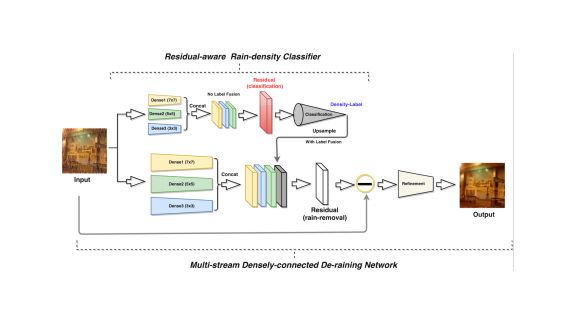
Image Restoration
In many applications such as drone-based video surveillance, self driving cars and recognition under night-time and low-light conditions, the captured images and videos contain undesirable degradations such as haze, rain, snow, and noise. Furthermore, the performance of many computer vision algorithms often degrades when they are presented with images containing such artifacts. Hence, it is important to develop methods that can automatically remove these artifacts. We have explored similar image restoration problem such as single image super-resolution, single image de-raining, single image dehazing, single image de-noising. In addition, we are also interested and explore other low-level vision task such as image matting and image compositing.
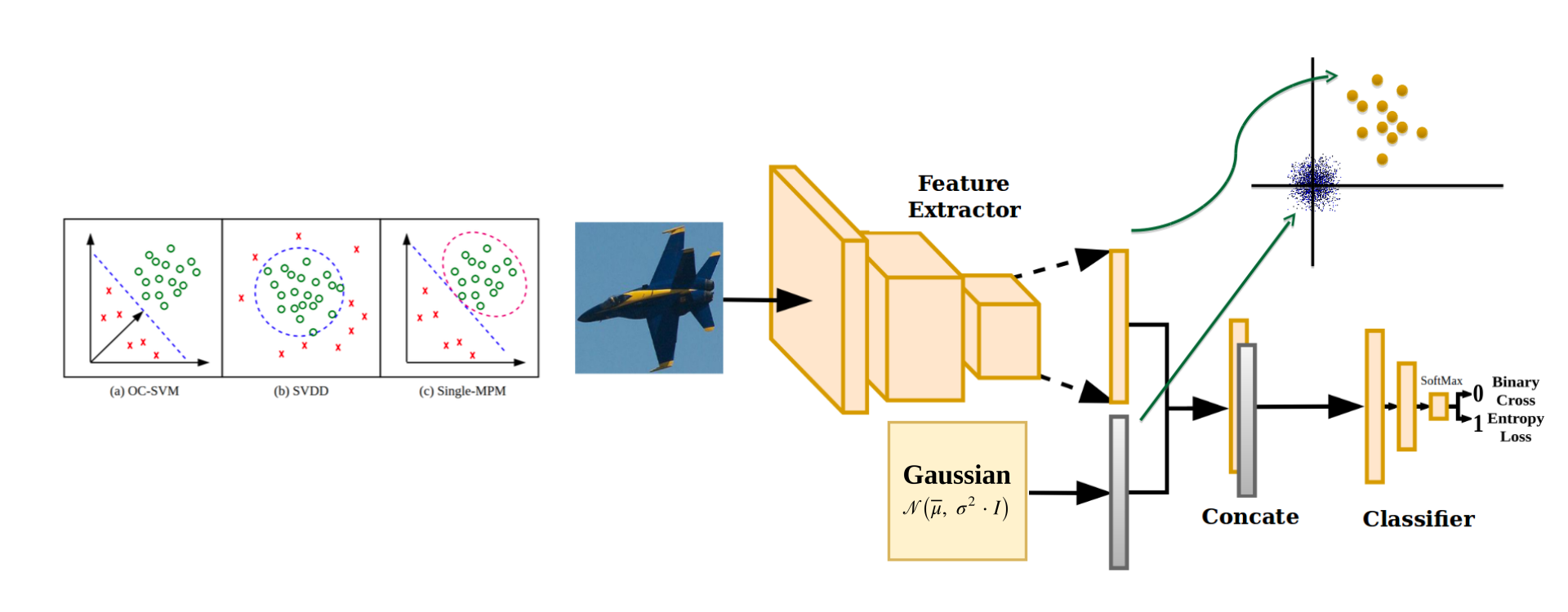
One Class Classification
One class classification refers to the problem of identifying decision boundary around a target class. Due to unavailability of any negative data samples during training it becomes challenging to train a classification model. One of the method we propose to solve this issue utilizes an external dataset as a reference negative sample set with novel compact loss function. In another method, we utilize a zero centered gaussian vector as negative class to train convolutional neural network for one class classification.
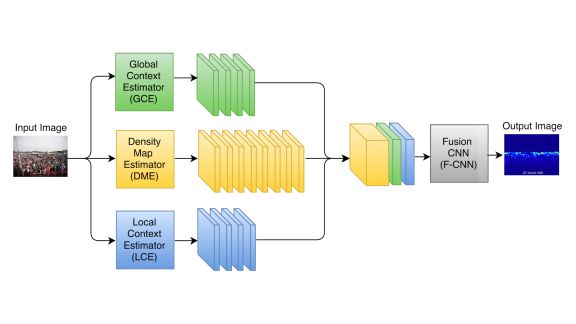
Crowd Analytics
The study of human behavior based on computer vision techniques has gained a lot of interest in recent years. In particular, the behavioral analysis of crowded scenes is of great interest due to a variety of reasons. Exponential growth in the world population and the resulting urbanization has led to an increased number of activities involving high density crowd such as sporting events, political rallies, public demonstrations, thereby resulting in more frequent crowd gatherings in the recent years. In such scenarios, it is essential to analyze crowd behavior for better management, intelligence gathering, safety and security.
Motivated by these reasons, we attempt to advance research in various aspects of crowd analytics such as counting, people detection, anomaly detection, crowd synthesis, etc. In this attempt we have developed novel deep learning architectures that achieve state-of-the-art performance in counting and detection.
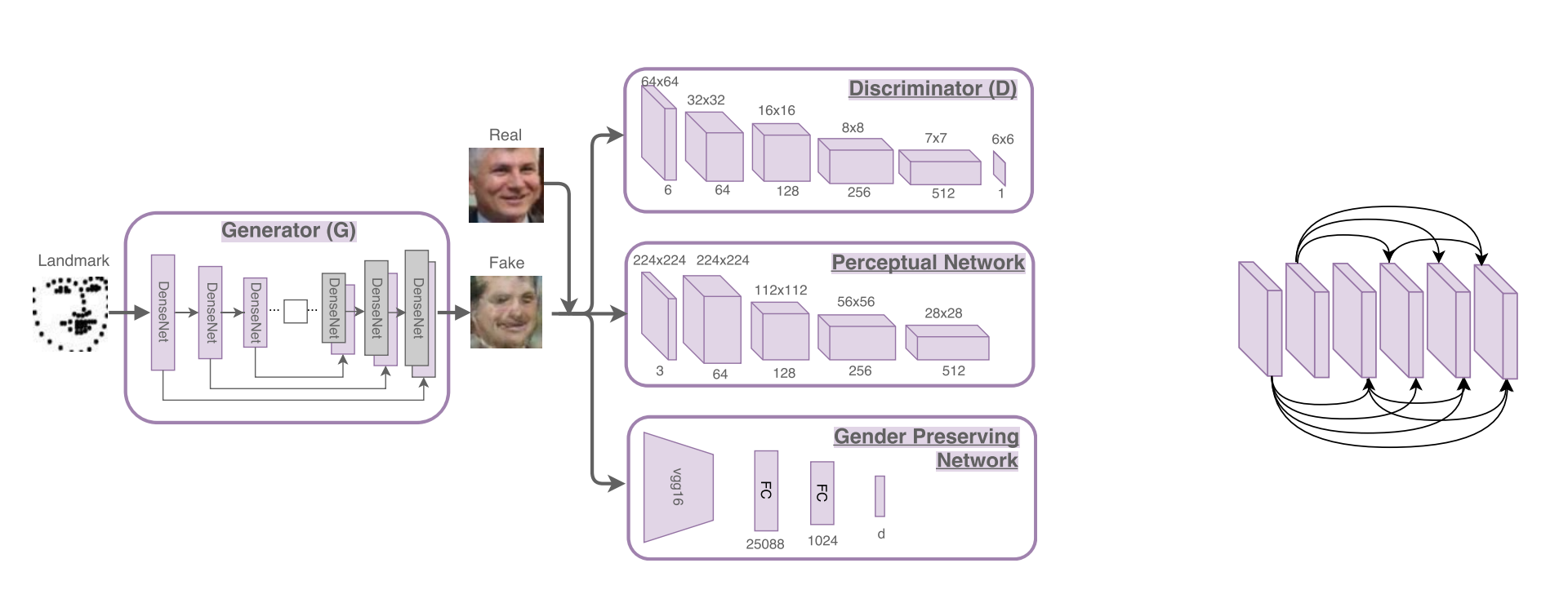
Cross-spectrum Face Synthesis and Recognition
Cross-spectrum face recognition refers to the problem of matching faces across different spectrum domains. The main issue is closing the semantic gap among faces captured in different domains, like visual light vs. near-infrared, high-resolution vs. low-resolution images, forensic sketches vs. digital photographs. In addition of using traditional metric learning based algorithm, we explore this problem by using image synthesis method. Taking some work as the examples, high resolution v.s. low resolution (High-quality facial photo-sketch synthesis using multi-adversarial networks), polarimetric thermal v.s. visible face (Polarimetric Thermal to Visible Face Verification via Attribute Preserved Synthesis) , landmark to visible face (GP-GAN: Gender Preserving GAN for Synthesizing Faces from Landmarks).
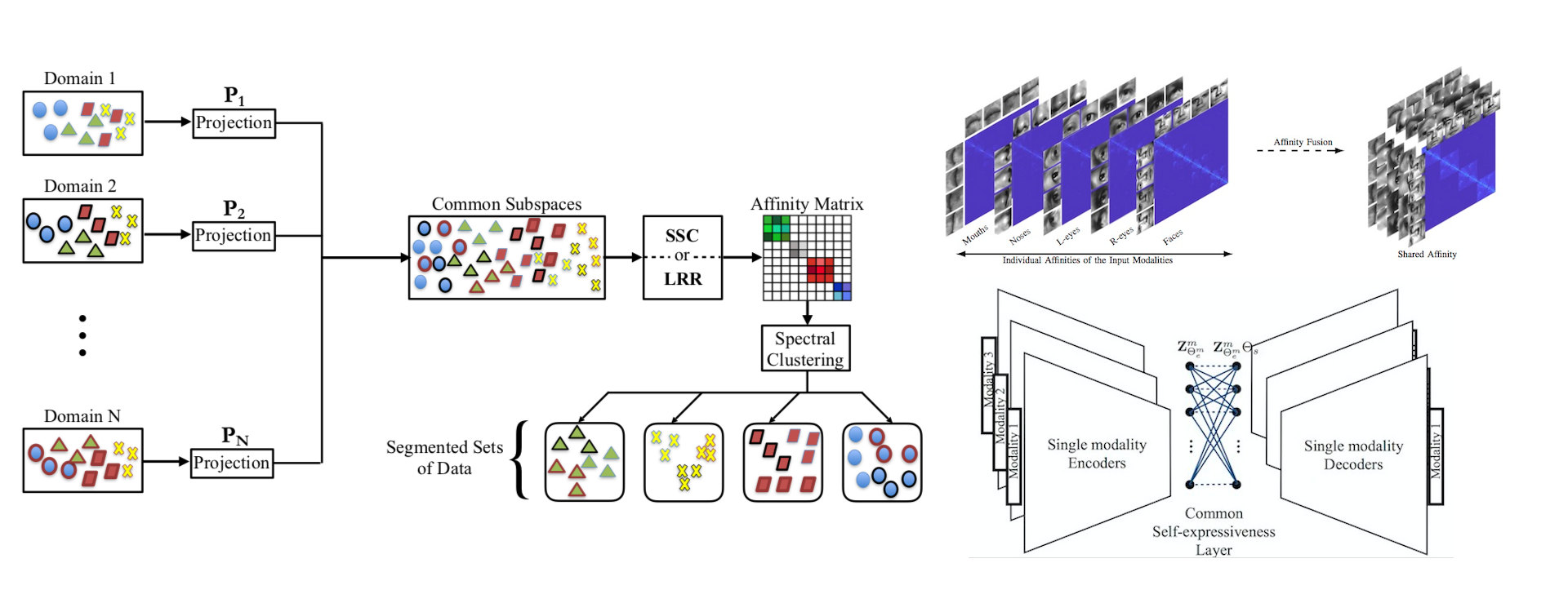
Domain Adaptation
Cross-spectrum face recognition refers to the problem of matching faces across different spectrum domains. The main issue is closing the semantic gap among faces captured in different domains, like visual light vs. near-infrared, high-resolution vs. low-resolution images, forensic sketches vs. digital photographs. In addition of using traditional metric learning based algorithm, we explore this problem by using image synthesis method. Taking some work as the examples, high resolution v.s. low resolution (High-quality facial photo-sketch synthesis using multi-adversarial networks), polarimetric thermal v.s. visible face (Polarimetric Thermal to Visible Face Verification via Attribute Preserved Synthesis) , landmark to visible face (GP-GAN: Gender Preserving GAN for Synthesizing Faces from Landmarks).
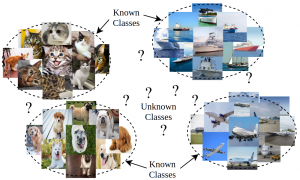
Open Set Recognition
Open set recognition is a classification problem where all of the test classes are not contained in the training data. Then the goal of a open-set model is to correctly classify classes observed during training (i.e. known classes) and identify any test sample that does not belong to any of the known classes (i.e. unknown classes). One of the method we propose for open-set recognition is based on sparse representation. We utilize residuals from SRC algorithm with Extreme Value Theory of statistical modeling to identify unknown classes.
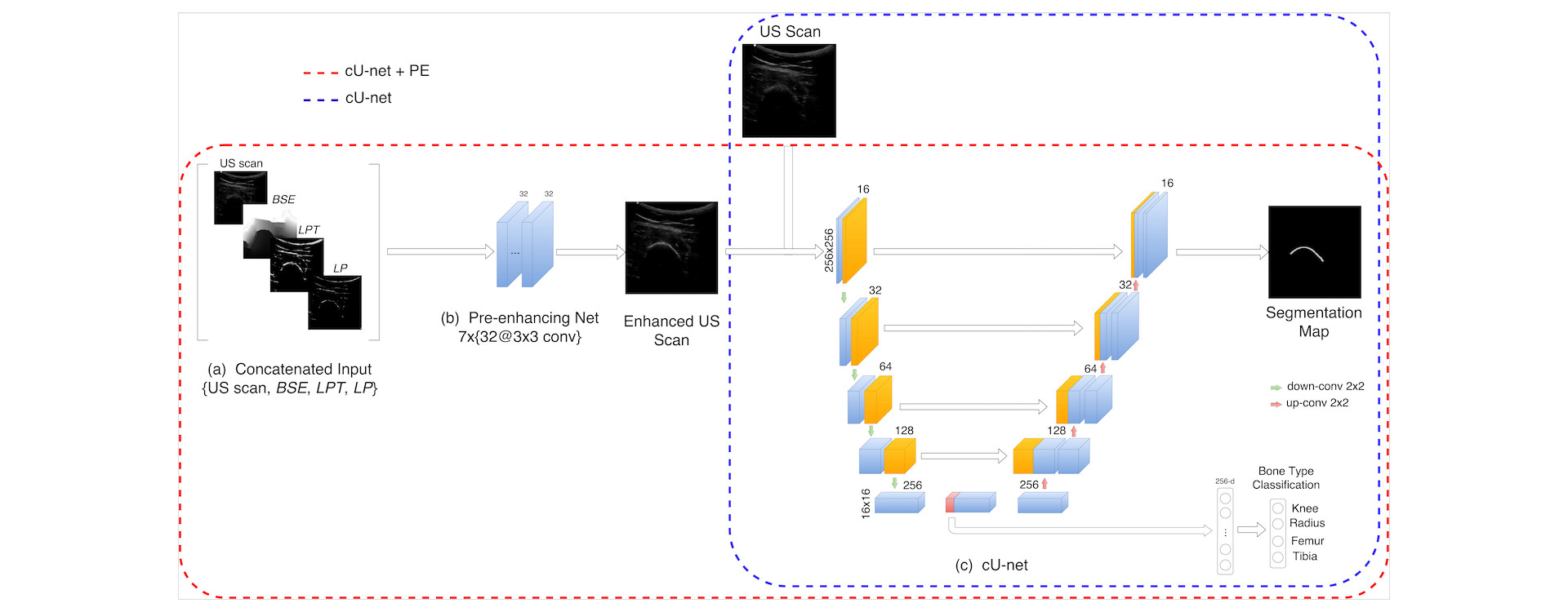
Bio-medical Image Analysis
The main goal of medical image analysis is to extract clinically relevant information or knowledge from medical images. While closely related to the field of medical imaging, it focuses on the computational analysis of the images, not their acquisition. The methods can be grouped into several broad categories: image segmentation, image registration, image-based physiological modeling, and others. We have proposed deep-learning based methods to solve different medical image analysis problems for ultrasound image including neonatal brain ventricles segmentation and simultaneous segmentation & classification of bone surfaces.

